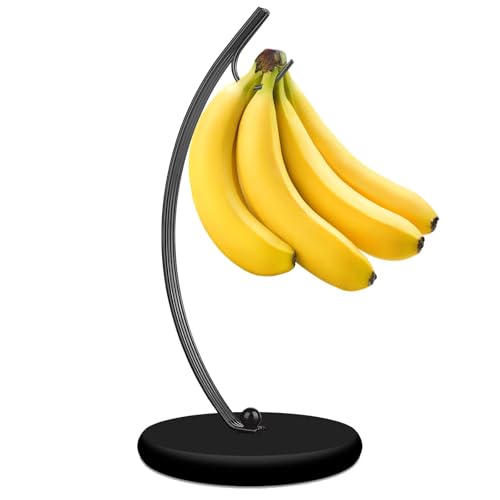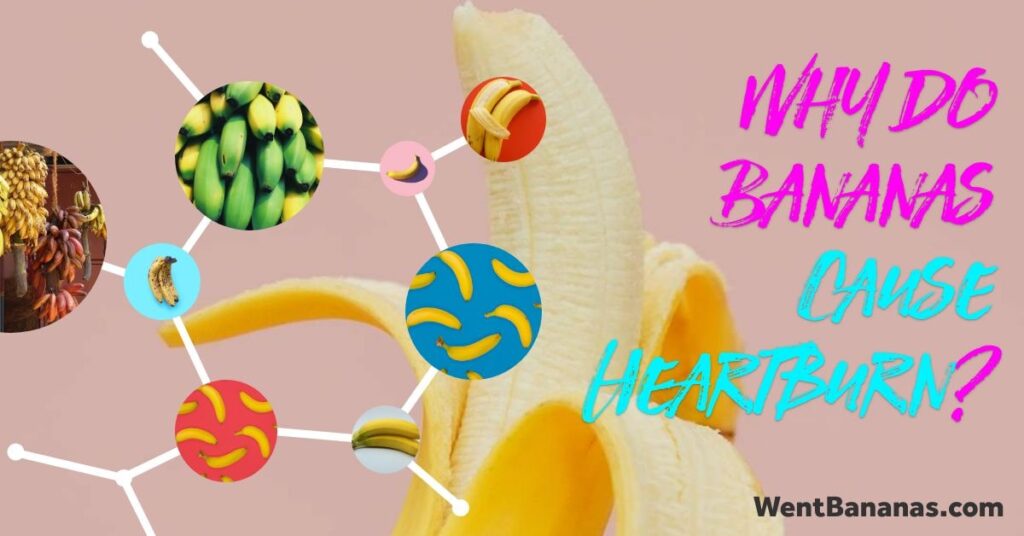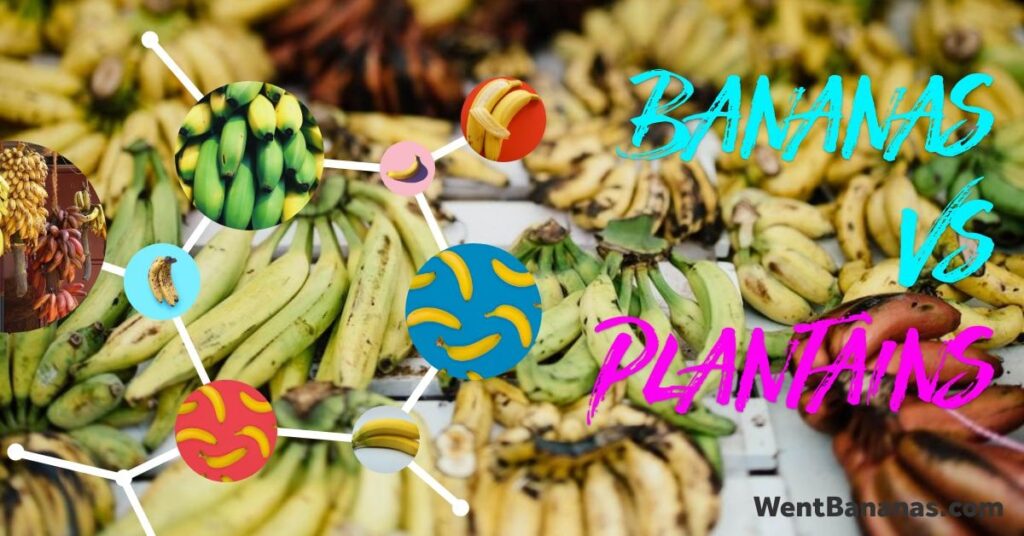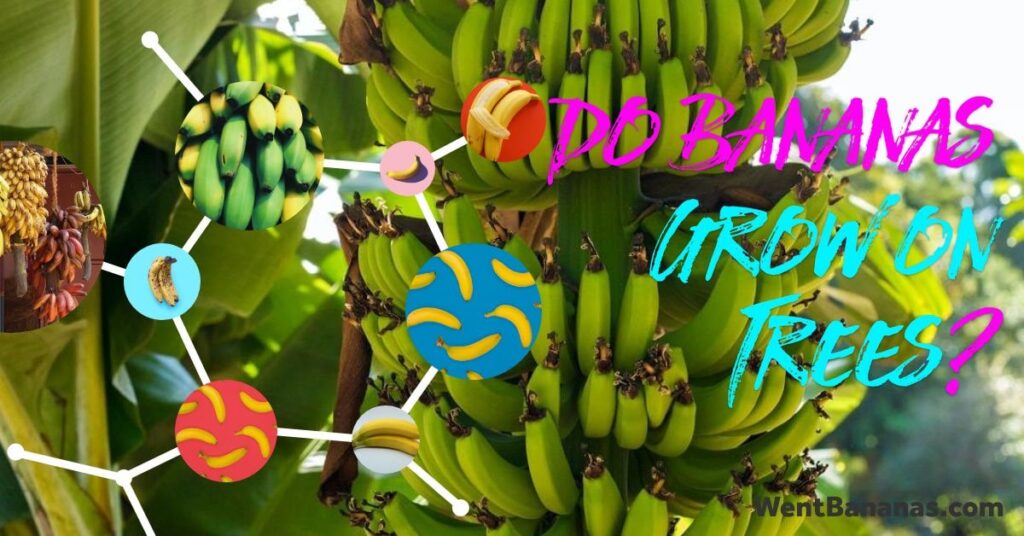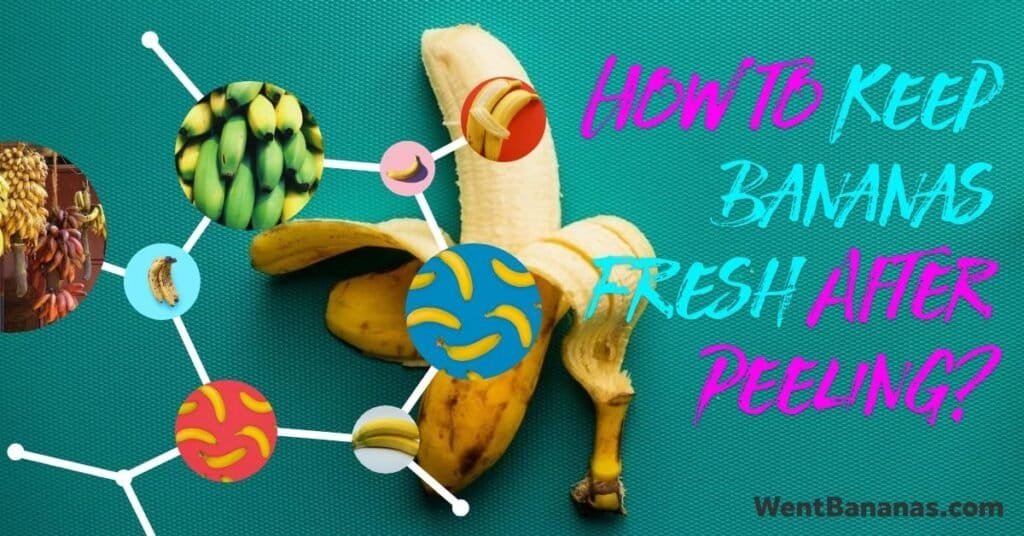Banana Browning No More: Tips and Tricks to Keep Your Bananas Fresh and Appealing
Bananas are a beloved fruit for their sweetness, texture, and versatility in recipes. However, there’s one downside to this popular fruit – their tendency to turn brown. If you’re someone who’s tired of watching your bananas quickly turn a less-than-appetizing shade of brown, it’s time to learn how to prevent it.
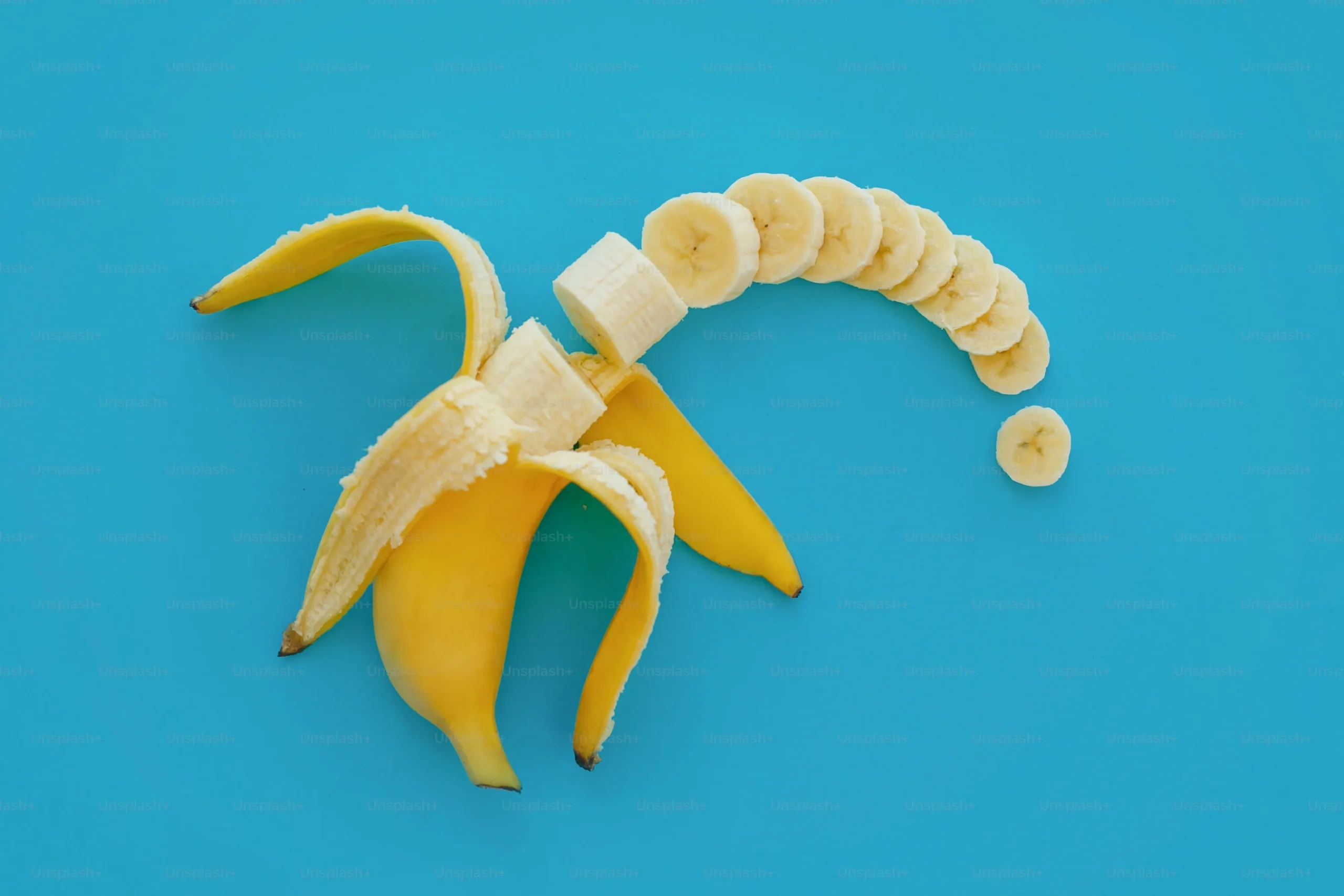
In this article, we’ll cover everything you need to know about preventing banana browning, including why bananas turn brown in the first place, common methods for keeping them fresh, and the science behind these methods. Additionally, we’ll explore some alternative uses for bananas that have already turned brown, so nothing goes to waste.
So if you’re looking to learn more about how to prevent your bananas from turning brown and get the most out of this nutritious fruit, keep reading.
Why do bananas turn brown?

Bananas are a popular fruit loved by many, but have you ever wondered why they turn brown? The answer lies in a chemical reaction that occurs when bananas are exposed to oxygen.
Bananas contain an enzyme called polyphenol oxidase (PPO), which reacts with oxygen in the air. This reaction causes the banana to turn brown and eventually black over time. The process is similar to how metal rusts when exposed to air and moisture.
The browning of bananas can also be accelerated by bruising or cutting the fruit, which allows more oxygen to come into contact with the PPO enzyme. This is why sliced bananas often turn brown faster than whole ones.
While this browning may not look appealing, it does not affect the nutritional value of the fruit. In fact, some studies have shown that overripe bananas may even have increased health benefits due to higher levels of antioxidants.
To slow down or prevent browning, there are several tricks you can try. One method is to coat sliced bananas in lemon juice, which contains citric acid that can help inhibit PPO activity. Another option is to store unripe bananas at room temperature until they ripen fully before refrigerating them.
Overall, while the browning of bananas may seem like a nuisance, it is simply a natural chemical reaction that occurs when exposed to oxygen. With proper storage and preparation techniques, you can enjoy your favorite yellow fruit without worrying about unsightly brown spots.
What are some common methods for preventing bananas from turning brown?
Bananas are a beloved fruit enjoyed by many, but their tendency to turn brown can be frustrating. Luckily, there are several common methods to prevent this from happening.
One approach is to coat the exposed flesh of the banana with an acidic substance such as lemon juice or vinegar. This lowers the pH level of the fruit and slows down the enzymatic browning process. Alternatively, placing bananas in a sealed container with an ethylene-absorbing packet can also delay browning.
Another method involves storing bananas at cooler temperatures, which slows down ripening and thus browning. However, it’s important not to store them in a fridge as this can cause damage to the skin and affect taste. Instead, try keeping them in a cool pantry or cellar.
Lastly, prevention is key – try buying bananas at varying stages of ripeness so that they don’t all become overripe at once. This will help ensure you always have fresh bananas on hand without having to worry about browning.

By utilizing these methods and staying vigilant about banana upkeep, you can enjoy fresh and vibrant fruits for longer periods of time!
An in-depth look at the science behind preventing banana browning.
Bananas are a popular fruit enjoyed by many, but their tendency to brown quickly can be a turnoff for some. To understand how to prevent this browning process, we must first delve into the science behind it.
When a banana is cut or bruised, enzymes within the fruit begin to break down phenolic compounds present in the cells. This reaction results in the production of melanin, which causes the brown coloration we see on our bananas.
To prevent this reaction from occurring, there are several techniques that can be employed. One common method is to coat the cut surface of the banana with an acidic substance such as lemon juice or vinegar. The acid helps to slow down enzymatic browning by denaturing enzymes and lowering pH levels.
Another technique involves using antioxidants such as ascorbic acid (vitamin C), which can inhibit enzyme activity and prevent melanin production. This method is often used in commercial settings where large quantities of bananas need to be preserved for longer periods.
There are also physical methods that can be used to slow down browning, such as storing bananas at lower temperatures or in controlled environments with reduced oxygen levels.

« why banana have no seeds
why should we not eat double banana »
While these methods may vary in effectiveness depending on factors such as ripeness and storage conditions, they all work towards achieving a common goal – preserving the fresh appearance and taste of our beloved bananas for longer periods.
So next time you’re looking to enjoy some delicious ripe bananas without worrying about them turning brown too quickly, remember that there’s actual science behind preventing it!
Alternative uses for bananas that are past their prime?
Bananas are a delicious and nutritious fruit, but what happens when they start to go past their prime? Don’t throw them away just yet! There are plenty of alternative uses for overripe bananas that can benefit you in ways you may not have even considered.
One great use for overripe bananas is to make banana bread. This classic treat is a fantastic way to use up your excess bananas while also satisfying your taste buds. With the right recipe, you can turn those brown and mushy fruits into a moist and flavorful loaf that will leave everyone in your household begging for more.
Another surprising use for overripe bananas is as a natural fertilizer for your plants. Bananas are rich in nutrients such as potassium, which can be beneficial to the growth of many different types of plants. Simply mash up your old bananas and mix them with soil or compost before using it on your garden or houseplants.
For those looking to indulge in some self-care, try making a banana face mask. The natural enzymes found in ripe bananas can help exfoliate dead skin cells and leave you with glowing skin. Mix mashed banana with honey or yogurt for added benefits, then apply the mixture onto your face and let it sit for 10-15 minutes before rinsing off.
Lastly, if you’re feeling adventurous in the kitchen, try making some homemade banana chips! Slice up ripe bananas into thin pieces and bake them on low heat until crunchy. These chips make a healthy snack option that’s both tasty and easy to make.
Overall, there are endless possibilities when it comes to alternative uses for overripe bananas. So next time you find yourself with some browned fruits on hand, don
Check out our other articles to find out even more about banana.
Bananas are a staple in many diets, but their tendency to turn brown can sometimes spoil the fun. Thankfully, by understanding why bananas turn brown and using methods for preventing it from happening, you can ensure that your bananas always stay ripe and fresh! Check out our other articles to find out even more about banana.



